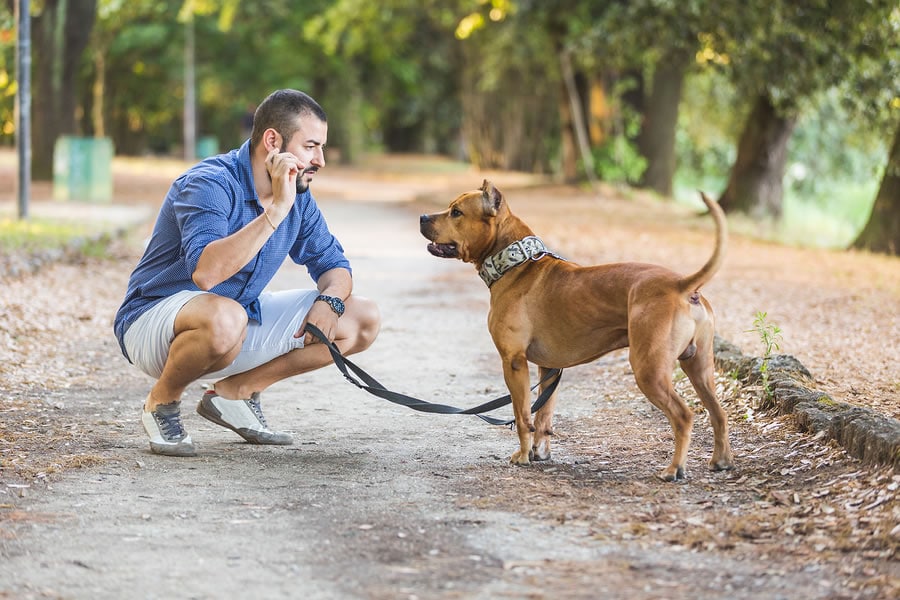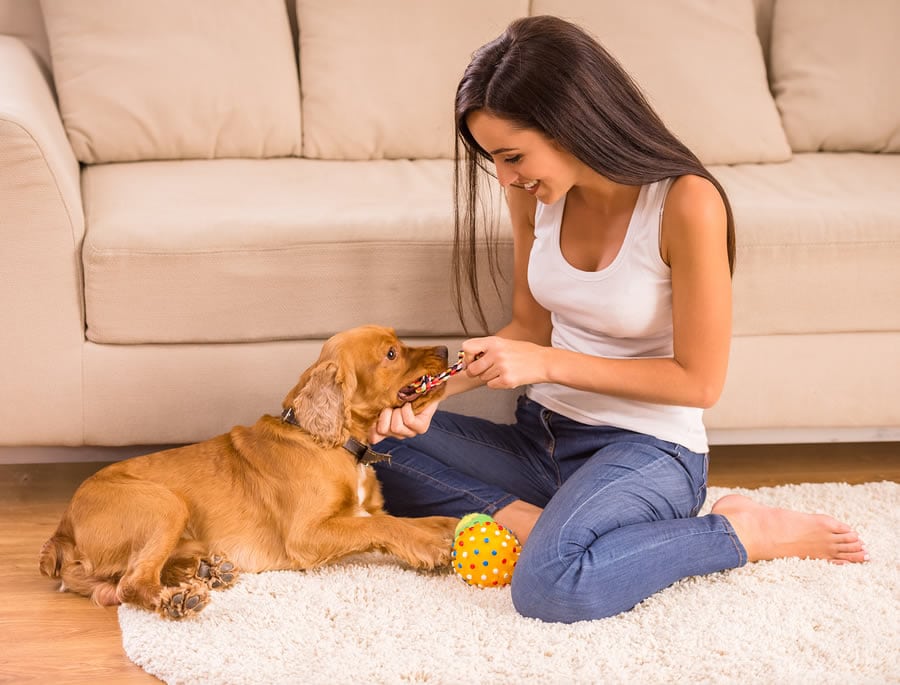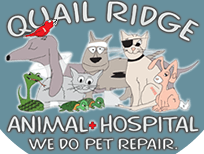Exercise – Why Dogs Need It
A dog whose exercise needs are met may rest more calmly at home and be less fretful when left alone. The modern dog-management mantra of “A good dog is a tired dog” is gospel to many people. Exercise can improve bone and joint health. Heart and lung function can improve. Sport and working dogs need the right exercise to be able to perform well. Exercise makes show dogs look better and feel better to a judge’s exploring hands.
Some exercise is better than other exercise. The best exercise channels the activity of both mind and body. The best exercise is purposeful, with a purpose that increases the dog’s ability to live happily in human society. The best exercise is balanced by teaching the dog how to be calm and physically composed through regular practice of this skill.
Excessive or inappropriate exercise can damage a dog’s body and mind. Jumping high in the air to chase a toy and landing awkwardly has crippled many dogs. The epidemic of dog knee injuries testifies to the results of human thinking that “if some is good, more is better” when it comes to wild canine exercise.
You don’t need to take up marathon running in order to adequately exercise your dog, and in fact you could harm your dog that way. Walks with your dog can be great for both of you, but even these don’t have to be long distance.
Go to training classes with your dog to learn how to give purpose to your outings together-several months of classes for large and working-type breeds. Practice and use the skills you learn in class when you’re out with your dog. Choose places for your outings that help you form the right belief system in your dog’s mind for the temperament your dog needs to live safely with humans. A dog that tries to “guard” against all strangers is neither happy nor likely to live out a full lifespan. Help your dog learn to enjoy human society and to enjoy meeting friendly people.
Teach your dog to retrieve, using one of the many positive teaching methods available now. Some dogs may require months to learn, but that’s okay-it’s all good mental exercise and bonding time between you and your dog! A dog who retrieves is easy to exercise by throwing a favorite toy. If you don’t have a fenced area, keep the dog on a long line during this game, and of course don’t throw the object farther than the length of the line.
Dogs enjoy catching tennis balls, and lightweight toys like these are okay for catching. Don’t throw a heavy object for a dog to catch, because it could damage the teeth, neck, or other part of the body. Don’t throw sticks for a dog to catch or fetch. Too many dogs have suffered serious injury from sticks jammed into the back of the mouth or throat.

Moderation Whatever you throw, keep the throws low so the dog doesn’t jump up and land on just the hind legs. Injuries can result from these landings. Since flying discs often rise on the wind higher than you intended, you may choose to completely avoid them for retrieving games outdoors.
As in most other things, moderation works admirably for dogs when it comes to exercise. Dog use body language to communicate, and many dogs will get enough exercise just from spending interesting days with people and other animals they enjoy. Exercise that is healthy for both mind and body is the very best kind of exercise.
Heat
Dogs can experience heat exhaustion and heat stroke. Unlike humans, dogs do not have an efficient body-cooling system. Young dogs and old dogs have poorer temperature regulating abilities than dogs in the prime of life and the peak of physical condition. Dogs with shortened muzzles are at an enormous disadvantage in heat tolerance. Black dogs in the sun are at greatly increased risk of overheating, as are long-haired dogs whether in sun or not.
Under ideal conditions, consider the top temperature for working a dog (or allowing a dog to play hard) to be about 85° F (29.4°C). If the dog is young, old, black, long-haired, short-muzzled, not in perfect health, not acclimated to the outdoors, etc., 85° F would be too high. That would also be too high when humidity is also high. Note that this situation can easily exist inside a house that is not air-conditioned. Some dogs are dependent upon air conditioning for their very survival in summer.
Warm-Up
If your dog is going to be jumping, doing a lot of running, pulling a sled, or other physically intense exercise, make sure the dog receives the correct regular exercise that our human “weekend athlete” forgets to do! Don’t just take the dog to a dog park to run crazy and call that adequate.

In the House
Teach your dog how to rest calmly. It may be fine for your dog to scamper around your house-depending on the size of the dog, the size of the house, and the dog’s individual tendency to crash into furniture. Some dogs are quite agile in close spaces, and others not at all.
Avoid the routine of crating your dog all day, and then having the dog “explode” out of the crate for a wild-eyed exercise session. This can lead to future behavior problems. Delay exercise until a few minutes after letting the dog out of the crate. Also give a dog time to unwind after exciting exercise before you crate the dog and leave for work.
The crate is a safe place for the dog to rest, but interrupting potential bad habits doesn’t teach the dog good habits-teaching happens when you have your dog out of the crate and interact with each other. Use a crate wisely, but don’t overuse it.

